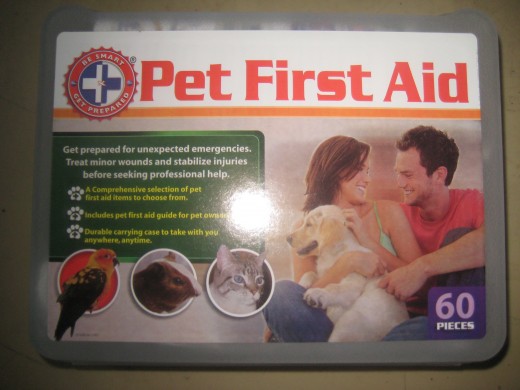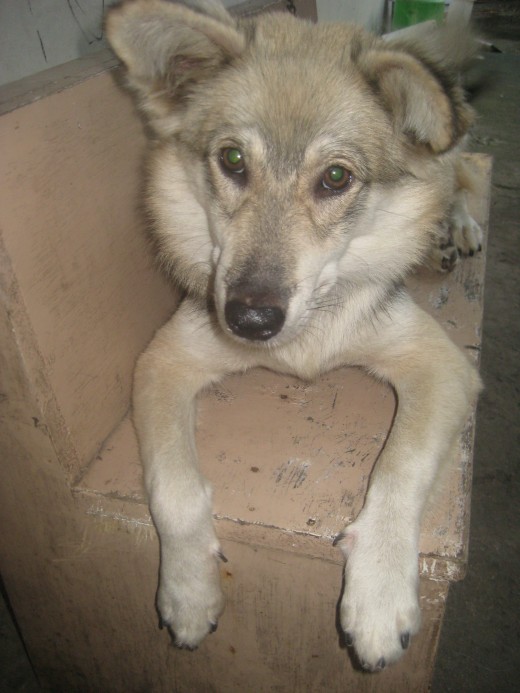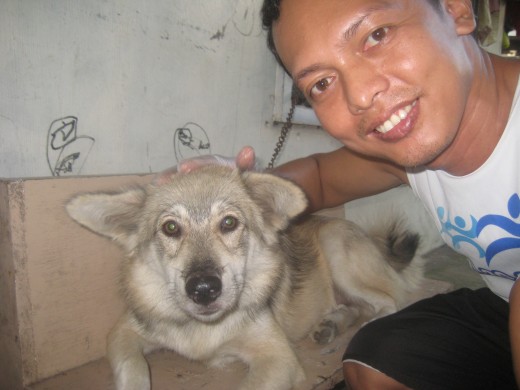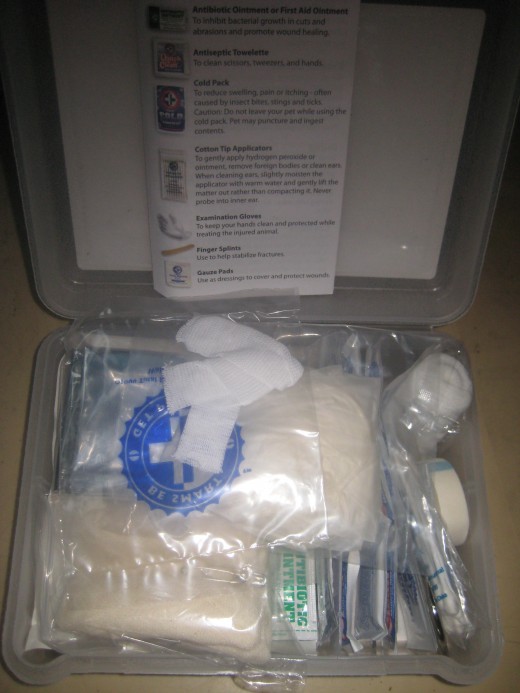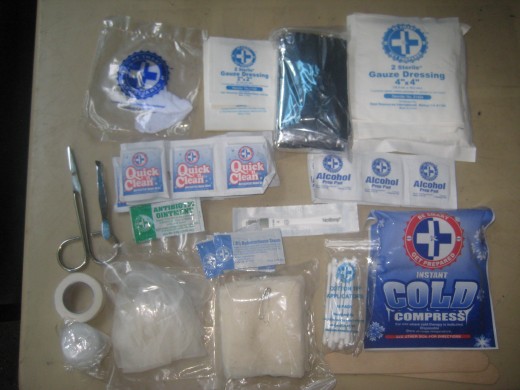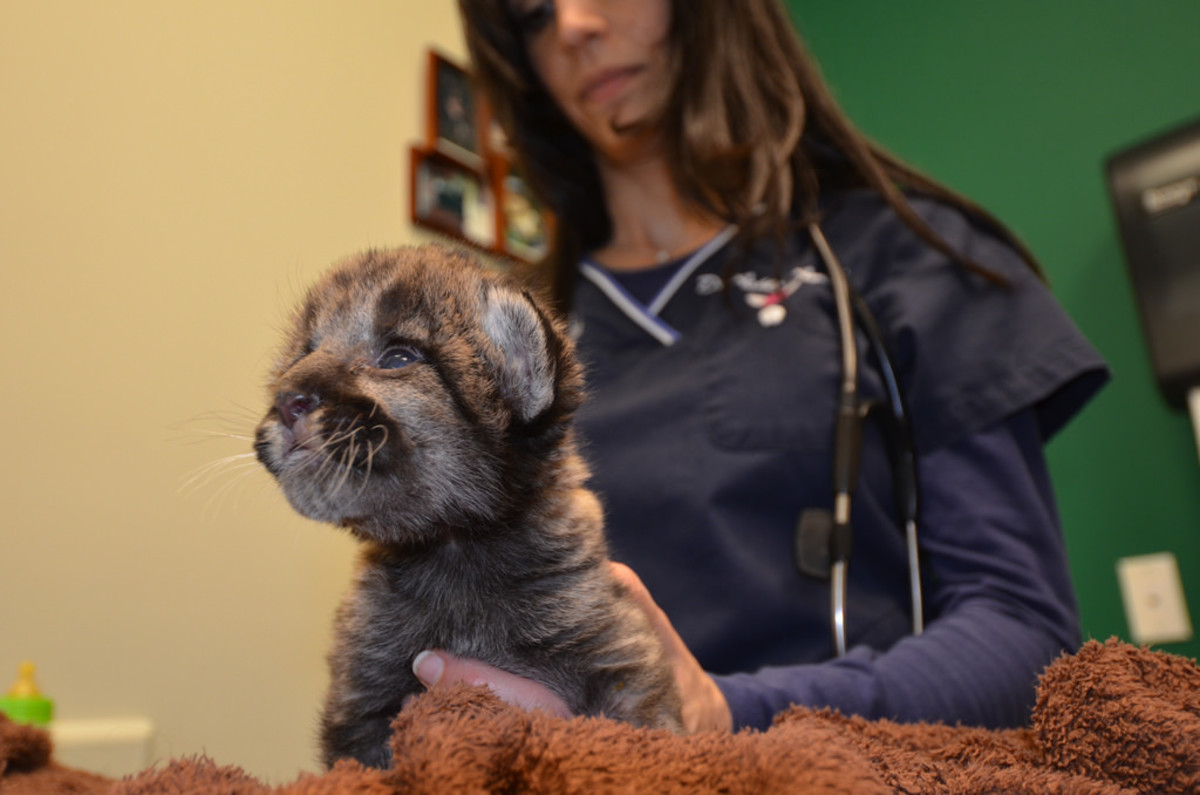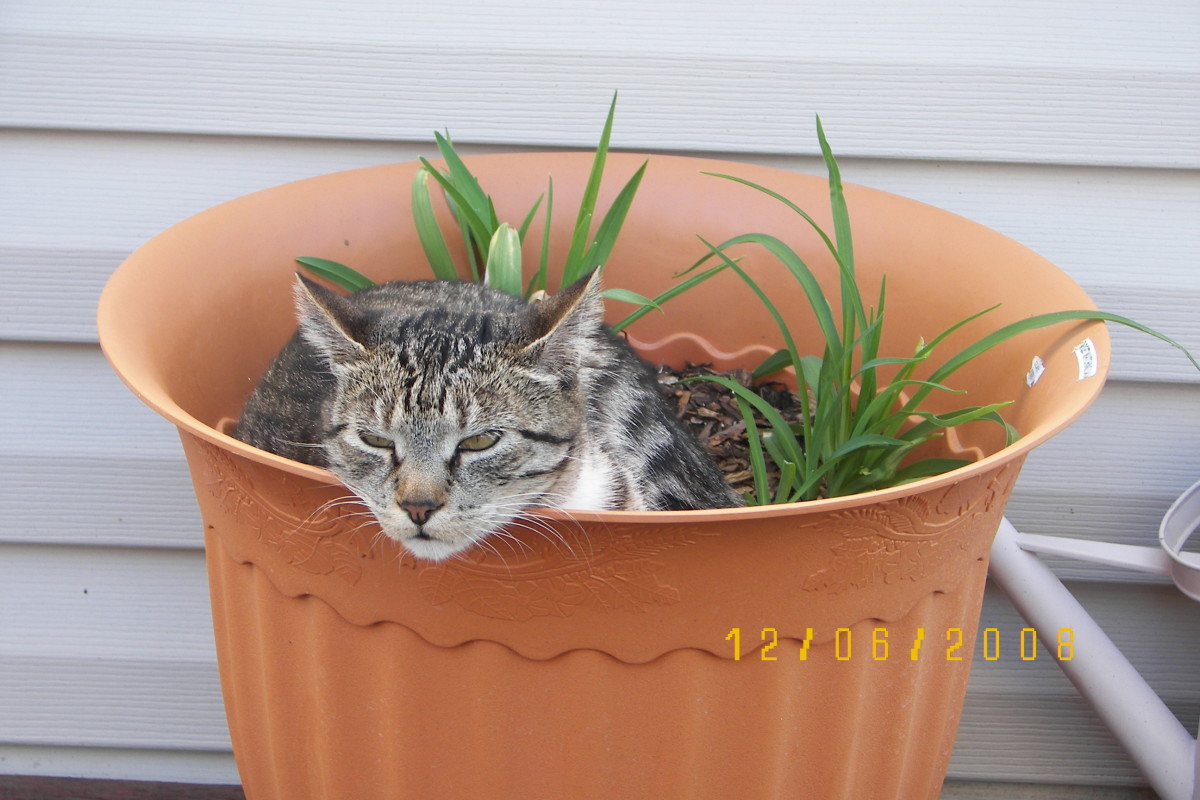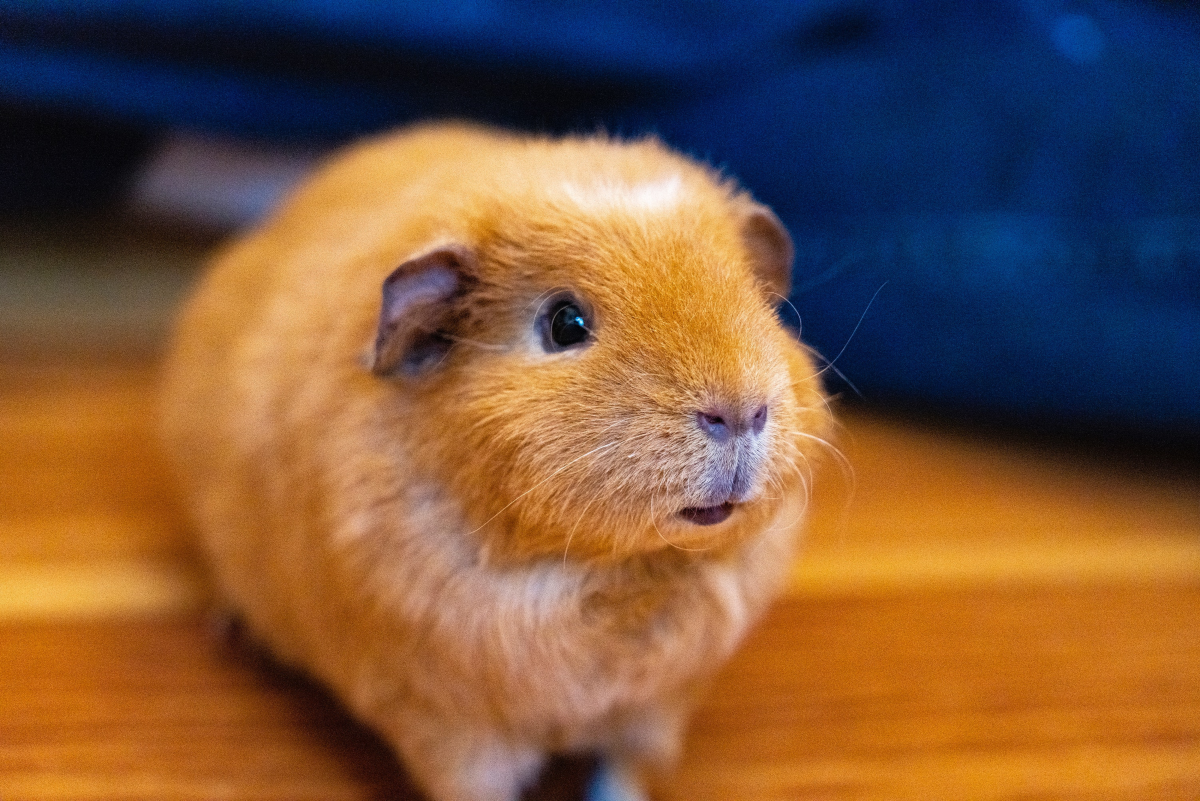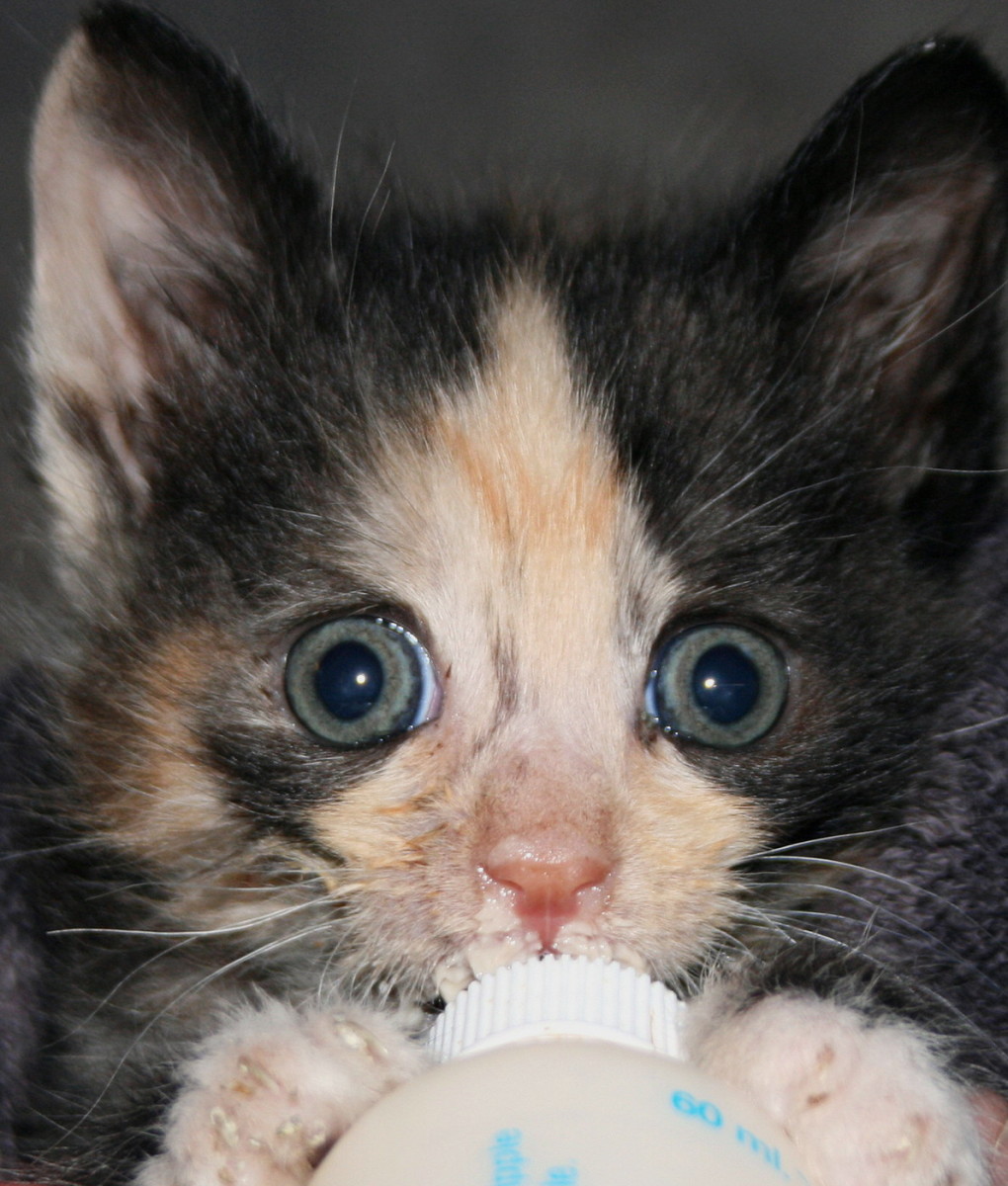First Aid Kit for Pets - Include it on your What-To-Buy List at home
My friend, Khela arrived from her work and gladly announced about her newly acquired first aid kit for her pet dog.
Yes! I exclaimed as her Siberian hushkies, Chu-chu, got excited upon hearing her announcement, as if understanding what we're talking about.
Chu-chu is the Alpha dog of the house and he always wanted to be the 'apple of the eye' of Khela.
When he's five dog months already, Chu-chu got his first anti-rabbies vaccine, courtesy of the local health department in the city, with the help of the PNP-Maritime Division of the Philippine National Police.
Now that he's growing up fast, he is now agitated with the nuances of lice, fleas and other disturbances on his furry body.
He usually bark at me and look me in the eye, and doggingly raise his front paw (whether right or left) in order to catch my attention. That, I willingly obliged to his 'call of nature' plus his antics in order to get rid of those pests that kept on bothering him.
I pitied my furry friend when I usually awake in the wee hours, hearing him whining and scratching his body.
That meant trouble as those 'itchy encounters' bothered him everyday.
The rescue moves of this hubber is always at bay. Bathing him everyday is not enough. So, with the budget for first aid kit and pet soap in order to get rid of those problems became a priority of the household.





Handling an injured animal
Don't trust the wounded animals. It can still bite you, or scratch you as their reaction to the pain they are experiencing at the moment.
To avoid being bitten or scratched, you can muzzle your pet by having a soft long cloth (about 18 inches or long). You can tie it in the middle; make a loop large enough to drop over the animal's nose; tighten it but not so tight that can interfere with the animals breathing. Pull an end of the material down each side of the face , crisscross under the chin and bring the ends back behind the ears then tie the loose ends in a bow behind the ears.
So, if you are bitten or scratched, seek medical attention immediately.
Note: Information and medical action for bleeding, breathing stops, burns, choking, diarrhea, fractures, heatstroke, poisoning, vomiting, and other accidents can personally be done by the responsible owner (with ample knowledge on animal first aid) or with the immediate help of the nearest veterinarian or animal doctor.
Pets, like dogs, cats and birds, can also encounter accidents.
Items that are included inside the particular first aid kit for pets can be the following:
- Adhesive Tape Roll - this is to secure gauze roll and gauze pads used for treating wounds, scratches, etc.
- Alcohol Prep Pads - use as a disinfectant on wounds and tick bits; also for disinfecting scissors and tweezers before and after use.
- Antibiotic Ointment or First Aid Ointment - to promote wound healing and prevent bacterial growth in cuts and abrasions.
- Antiseptic Towelette - to clean scissors, tweezers and hands.
- Cold Pack - to reduce swelling, pain or itching caused by insiect bites, stings and ticks. When using the cold pack, do not leave your pet as it may bite and ingest its contents.
- Cotton Tip Applicators - to clean ears of your pet, to gently apply cleaning agent, like hydrogen peroxide or ointment.
- Examination Gloves - to keep the owner or handler's hands clean and protected while treating the injured animal.
- Finger Splints - use to help stabilize fractures.
- Gauze Pads - use as dressings to cover and protect wounds.
- Gauze Roll - to cover and protect injuries. Never wrap the gauze too tight that it can interfere with the circulation.
- Hydrocortizone - in the form of ointment, used for temporary relief of itching asscoiated with minor skin irritations or rashes.
- Hydrogen Peroxide - for cleaning wounds and prevent infections for burns, lacerations and abrasions.
- Insect Sting Relief Pads - temporary relief for pain and itching caused by insect bites and stings.
- Iodine Pads - an antiseptic and germicide used for wounds.
- Scissors - to cut cloth tape, gauze and clip hair around wounds.
- Splinter Remover - small sharp lancet for removing splinters or stings.
- Thermal Blanket - for keeping your pet warm and help prevent shock if accidentally thrown in the water.
- Triangular Bandage - use to wrap wounds or injuries; also use as muzzle for your pet.
- Tubular Gauze - use to help hold gauze pads or finger splints in place over paws or legs of small animals.
- Tweezers - use to gently remove foreign objects from skin or paws, but don't administer those objects that are deeply embedded. You must seek the help of a veterinary doctor. Never use tweezers to remove fleas or ticks.
Sources: Veterinary Books and added information from animal brochures.
More Hubs on First Aid Kit for Pets
- Why You Need a First Aid Kit for Pets
In the case that your pet become injured you will need to be able to have the right supplies to help take care of your pet. A first aid kit for pets will have the materials that you need to make sure that an... - How To Make Your Own First Aid Kit For Dogs - Recomm...
Learn how to make your own First Aid Kit for Dogs. Including a full list of recommended supplies. - Be First Aid Prepared for Pet Emergencies During Hur...
In the case of a medical emergency are you prepared to render first aid to your pet until you can get them to a Veterinarian? First aid kits for pets are available on-line and in pet stores. Your local red...

